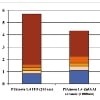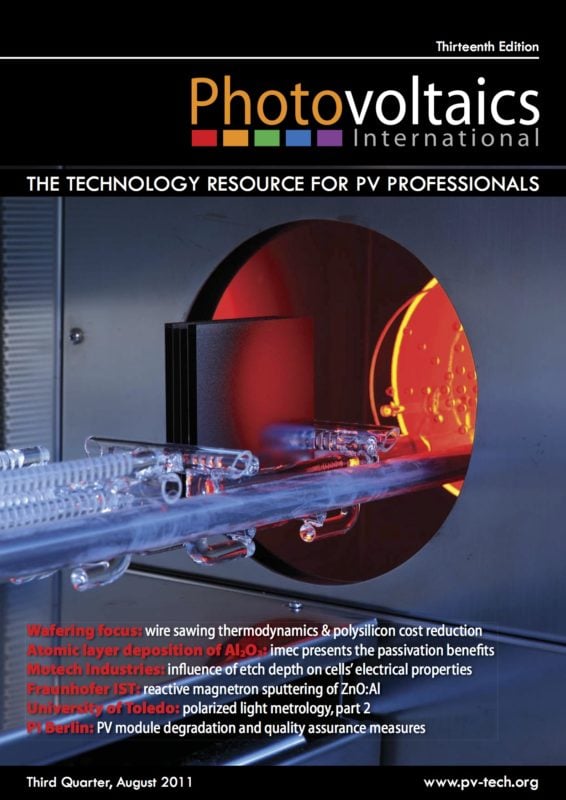By Bernd Szyszka, Head of the Large Area Coating Department, Fraunhofer IST; Volker Sittinger, Senior Scientist, Large Area Coating Department, Fraunhofer IST; Wilma Dewald, Junior Scientist, Magnetron Sputtering Group, Fraunhofer IST; Florian Ruske, Senior Scientist, Institute for Silicon Photovoltaics, Helmholtz-Zentrum Berlin für Materialien und Energie GmbH
Transparent conductive oxides (TCOs), such as aluminium-doped zinc oxide (ZnO:Al), play an important role in thin-film photovoltaics. As a material for front contacts, ZnO:Al is standard in industrial-scale production, especially in the field of Cu(In,Ga)Se2 solar cells. Over the last few years, there has been a strong push to use ZnO:Al films on glass as substrates for amorphous or amorphous/microcrystalline silicon solar cells, and these films have now been introduced as an alternative to the typically used fluorine-doped tin oxide (SnO2:F) films in production. Sputtering coaters for large area deposition of ZnO:Al are widely available, and ZnO:Al films are produced in these coaters by sputtering of ceramic targets. This technology offers high process stability and is therefore favoured over reactive sputtering of metallic targets. With respect to cost and quality, however, the reactive process is an interesting alternative. In this paper we will give an overview of the process of reactive sputtering of ZnO:Al and discuss the most important insights.



